Red Riding Hood (also Red Cap or Little Red Riding Hood) is not one of the most popular fairy tales in the world without a reason. Several reasons, actually. Numerous messages, presented at different levels in each of the hundreds (!) of known variations, are an indelible part of its charm.
Seemingly a simple story about a girl who wants to visit her sick grandmother but meets a wolf on her way occupies thousands of experts from different areas of literature, history, psychology, education, ..., but nobody managed to explain it satisfactorily. Is it just a cautionary tale? A cry for women's rights? A symbolic presentation of the balance between good and evil? Or is it a coded message of Christianity fighting against Paganism?
One of the main characteristics of every artistic masterpiece is to give a spectator the possibility of experiencing and understanding it in his/her own way. This is definitely true for Red Riding Hood, a story from which everybody can learn something tailored to his/her needs. For starters, here are the top 10 messages of Little Red Riding Hood.


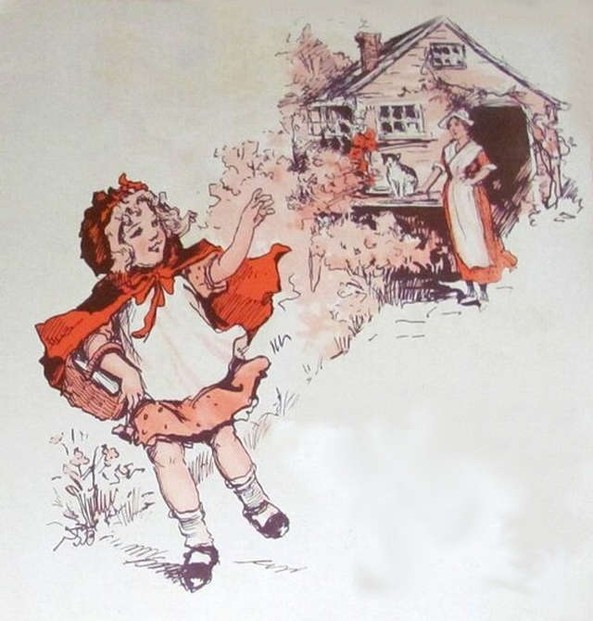
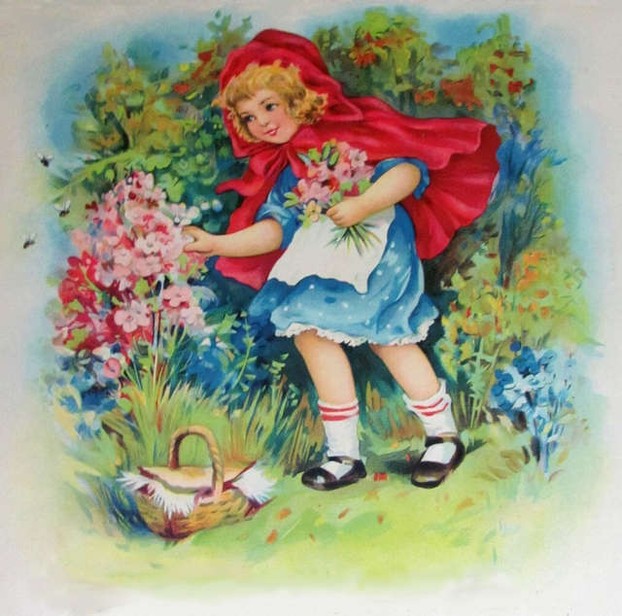
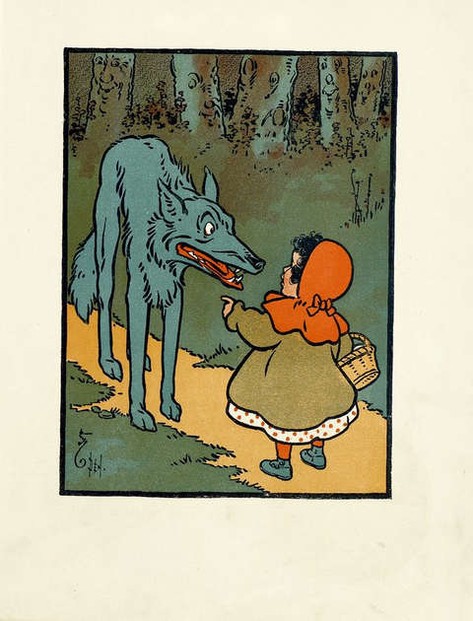
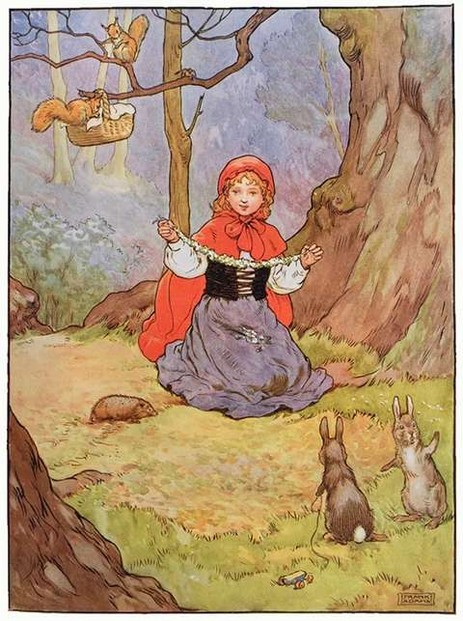
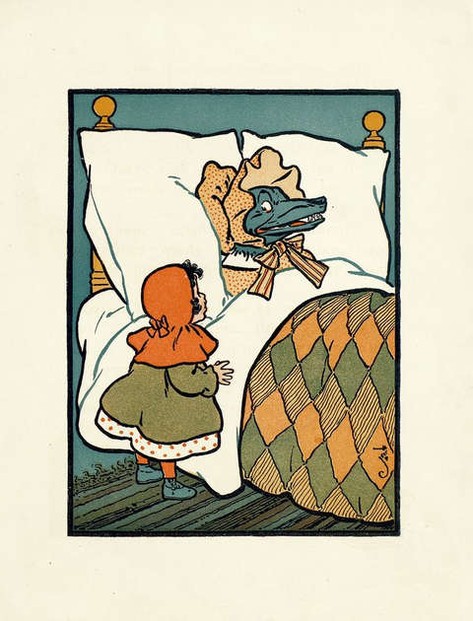

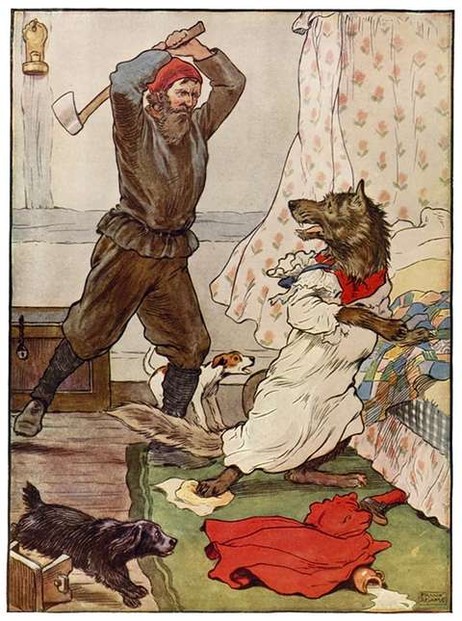
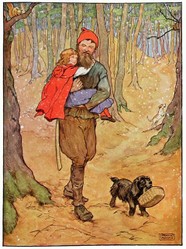

 Vintage Postcard Artists with 10 Examples of Easter Cardson 02/21/2025
Vintage Postcard Artists with 10 Examples of Easter Cardson 02/21/2025
 Valentine's Symbolson 01/23/2025
Valentine's Symbolson 01/23/2025
 Thanksgiving Symbolson 11/12/2024
Thanksgiving Symbolson 11/12/2024
 Famous Witches in Literary Historyon 10/06/2024
Famous Witches in Literary Historyon 10/06/2024

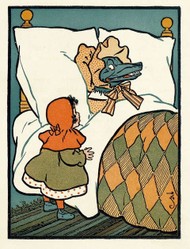
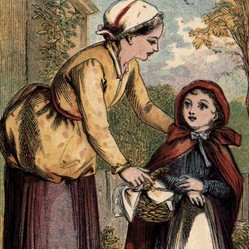
Can you add another message to Red Riding Hood?
Of course, fairy tales are reflections of real life situations.
It never occured to me. May be:)
Yes, these colors are used for reason.
The first subheading, You often create your own problems, and the second subheading, Don't send a girl to do a woman's job, call to mind the Bolivian film Utama (from Runa Shimi ["language of the people"] -- known as Quechua [so called by the Spanish conquerors from the Runa Shimi verb "to steal"] -- for "our home").
The two subheadings describe a grandmother distantly -- perhaps dangerously -- dwelling alone and a perhaps underaged daughter doing filial duties between her domicile and there.
The aforementioned film features an older couple who function as llama raisers in a drought-susceptible, resource-poor, scattered, tiny community in the mountainous countryside.
The other community people likewise go about hard, lonely lives with their children growing up in great urban landscapes such as La Paz ("the peace").
The husband in the above-mentioned couple perishes even as the wife pursues that hard, lonely lifestyle.
Would it be possible that fairy tale-writing times went through similar tendencies of the old on their own and the young on their own from wending their way from their country, tiny-village homes to big cities?
Thank you for the three links at this wizzley's very end.
The Frank Adams images contains a painted portrait on the wall alongside Grandma's bed.
The aforementioned painting does not show the mouth-nose area clearly.
Might that profile almost look pig-like to you too?
Thank you for the three links at the very end of this wizzley.
The Frances Brundage artwork here and her illustrations through that first link lined up just on the other side of the above advertisement cause me to consider something.
That link describes the red preponderance in her Red Riding Hood images.
Blue, red and white also dominate, such as in the second in-text image here.
Might the above-mentioned combination be deliberate, as an artistic reference to the Unitedstatesian flag colors?
The idea was probably to not horrify children.
It's very likely a mistake.
Thanks.
Hunter has higher status in fairy tales. Woodcutters are by default at the bottom, maybe only charcoal burner is lower.